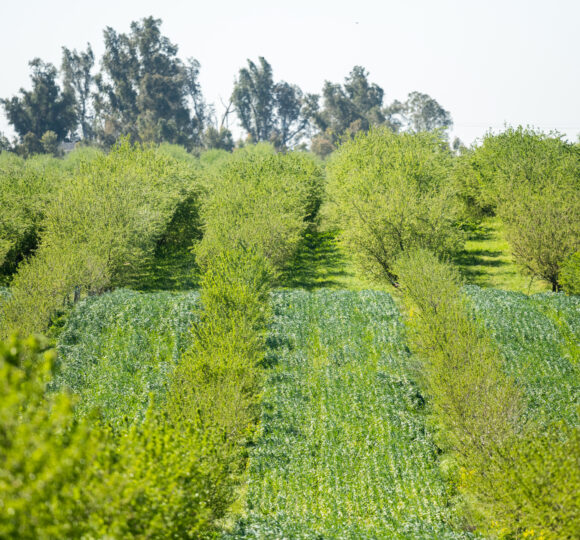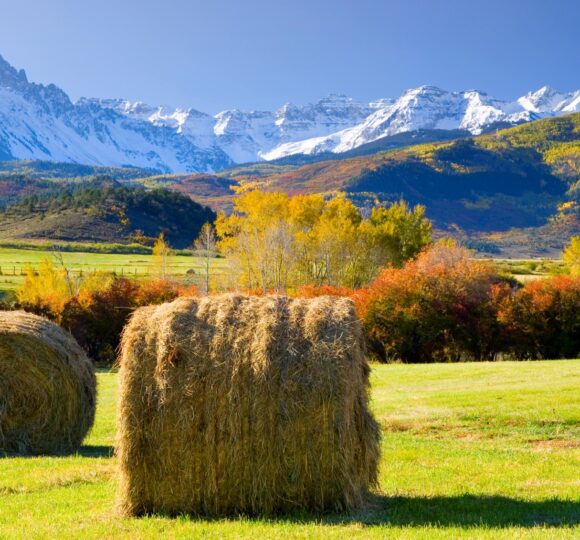In 1997, American Farmland Trust released a study that showed the geographic relationship between high quality farmland and land development pressure in the United States. To do this, we used the U.S. Department of Agriculture's National Resources Inventory. That study used the unit of Major Land Resource Areas to determine where the most threatened farmland lay throughout the United States.
But how was each STATE doing? This 2002 map, Farming on the Edge: Sprawling Development Threatens Our Best Farmland, analyzes how actual land use changes are affecting each state's share of the nation's high-quality farmland. State by state, the areas in red represent concentrations of prime and/or unique farmland coinciding with that state's most rapidly developing area(s).
AFT categorizes these areas as threatened since the data does not allow us to conclude definitively that development in each red area is actually taking place on the high quality farmland in that area. It is also important to keep in mind that we focused solely on threats to prime and unique farmland.
How We Created the Map
We defined high-quality farmland by combining the USDA's "prime farmland" designation (land most suitable for producing food, feed, forage, fiber and oilseed crops) with our own unique farmland definition (land used to grow vegetables, grapes and horticultural crops, including fruits, nuts and berries, that have unique soil and climatic requirements.)
Although based on the definition that USDA uses, American Farmland Trust's definition of unique farmland allowed us to more easily identify variables in the underlying data—the National Resources Inventory—to identify unique farmland. We then determined acreage amounts of prime and unique farmland within each of the 33,000 mapping units included in the map database.
Development is defined as the change in urban built-up land occurring within each of the 33,000 mapping units between 1992 and 1997.
Because farmland conversion is taking place in every state, the map identifies high-quality farmland that is important relative to statistical benchmarks established for each state. In addition to identifying the most intense areas of high quality farmland conversion in the nation, the map also identifies where conversion was most intense within each given state.
To do this, we used two threshold tests:
1) High-quality farmland included mapping units that in 1997 had greater than their statewide mapping unit averages of prime or unique farmland; and
2) High development included mapping units that experienced a rate of development greater than their statewide mapping unit average, providing it had at least 1,000 acres developed between 1992 and 1997.
The approximately 33,000 spatial mapping units underlying the map were created by the intersections of counties, watershed boundaries and Major Land Resource Areas. The average size of a mapping unit is 92 square miles. However, because the statistical variance in some of these areas may be large, map readers should use the map to identify broad spatial trends and avoid making highly localized interpretations.
Reading the Map
The resulting map highlights in red those mapping units with a greater percentage of high quality farmland than the average mapping unit within that state, a rate of development higher than the average mapping unit in the state and more than 1,000 acres developed between 1987 and 1997.
Mapping units shaded in green exceeded the average amount of high quality farmland found in mapping units within their state, but they experienced a lower rate of development than the average mapping unit in their state or had less than 1,000 acres of development.
Red areas on the map signal rapid development and a potential threat to high quality farmland. One should take care in interpreting the map, remembering that high-quality farmland areas are relative to their state benchmarks.





